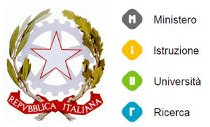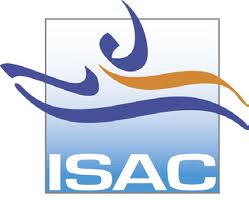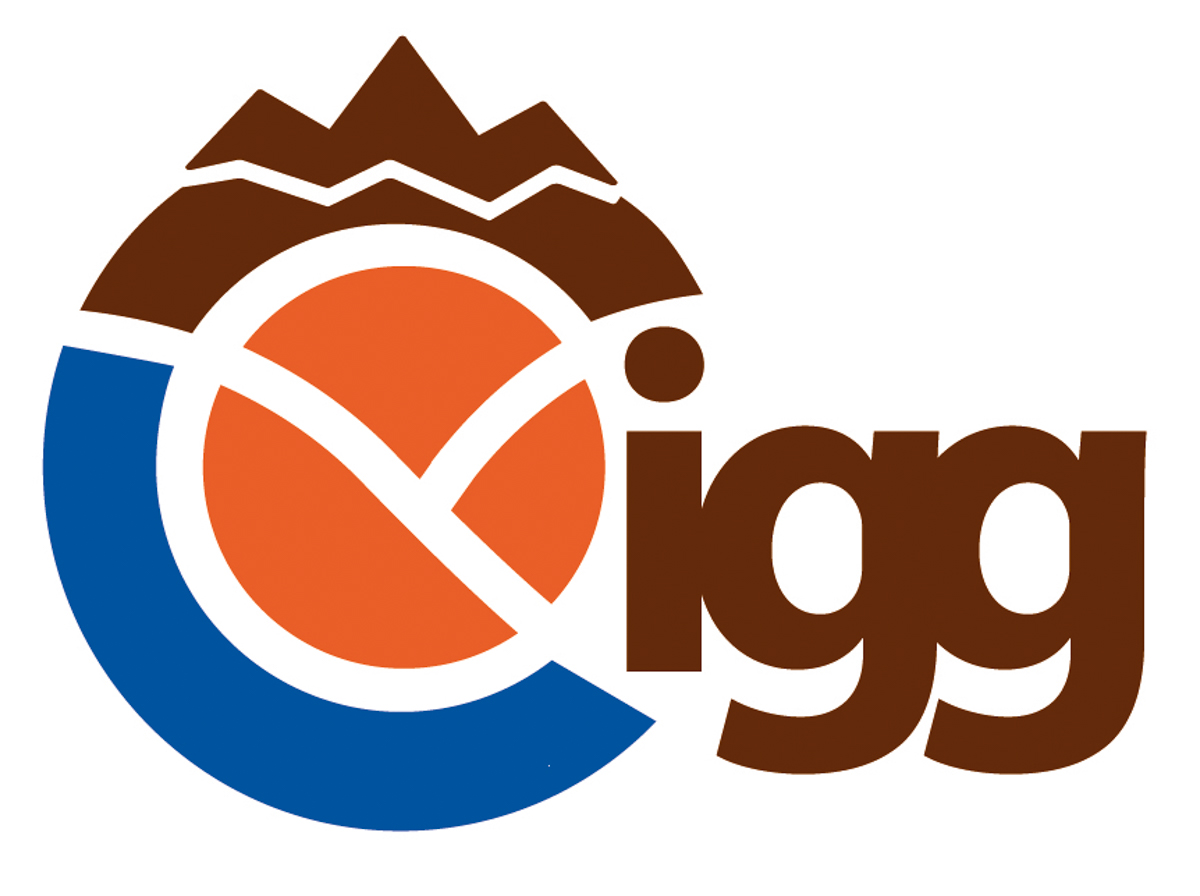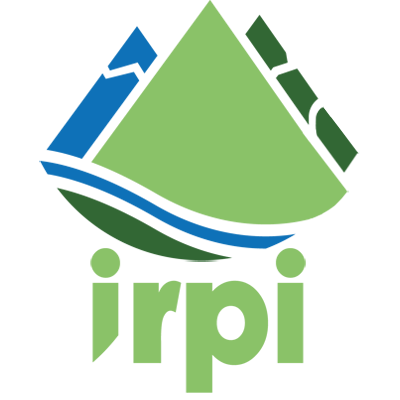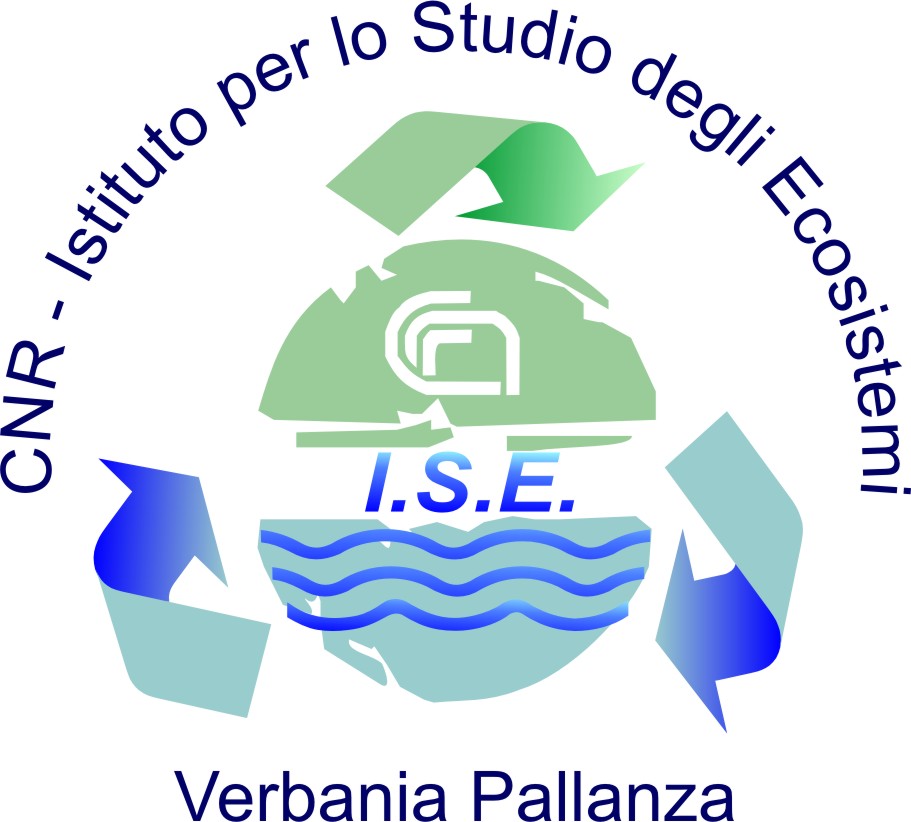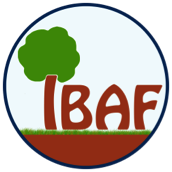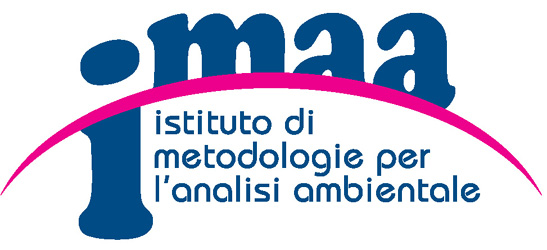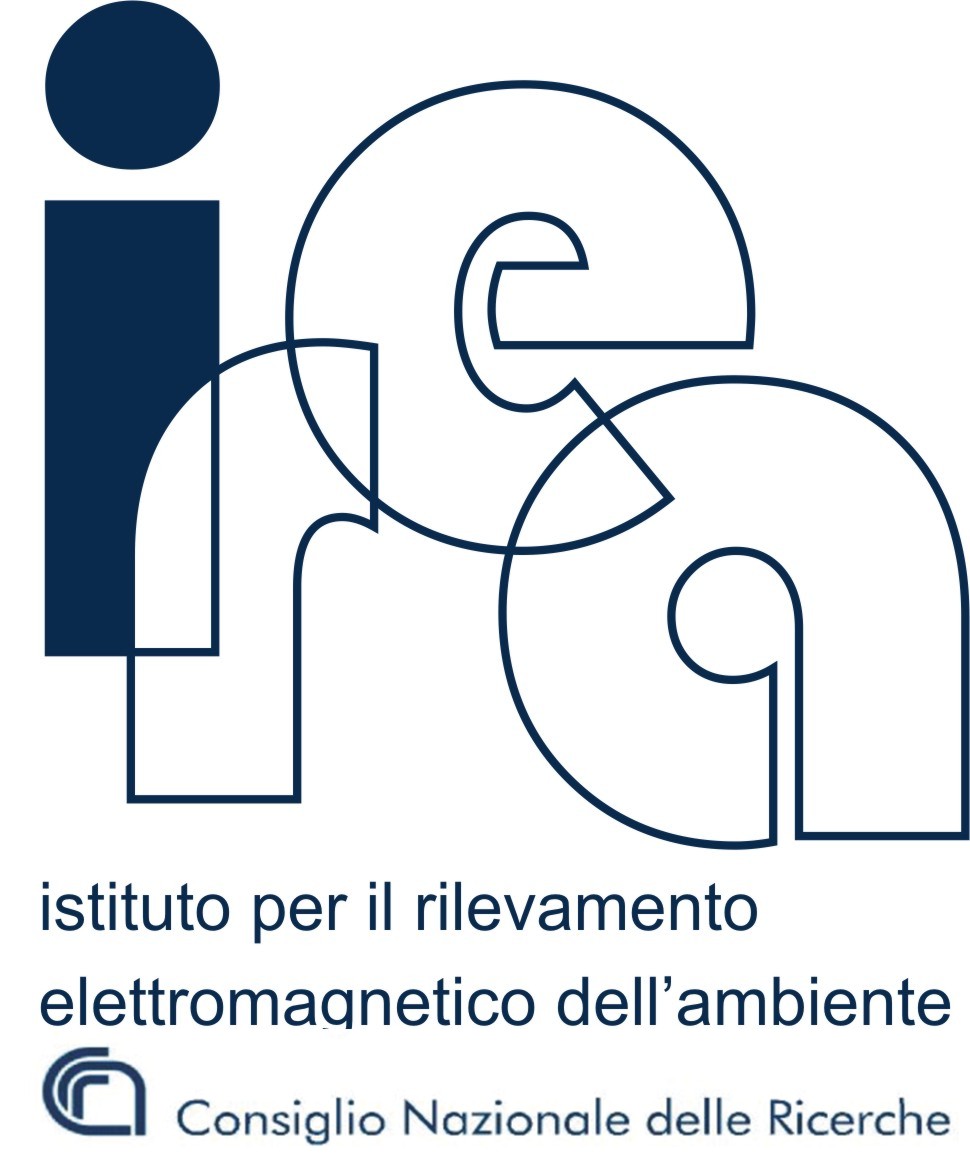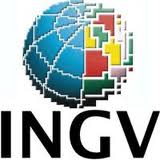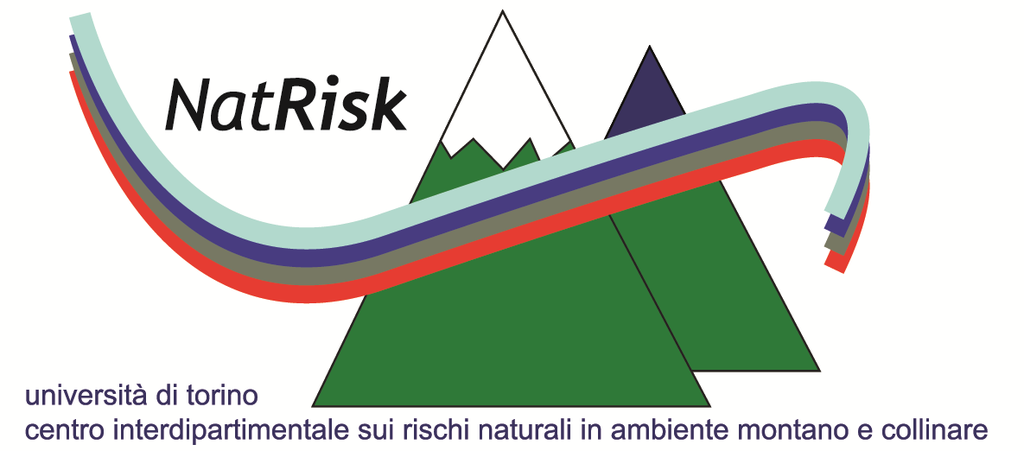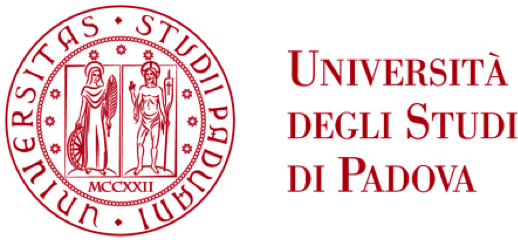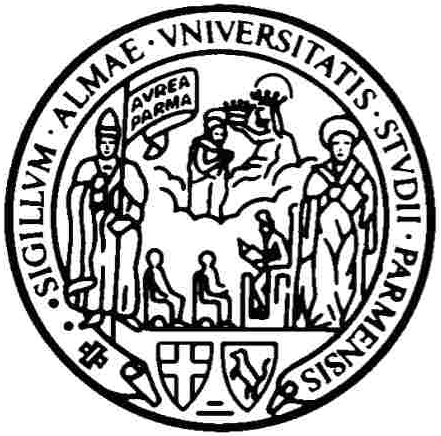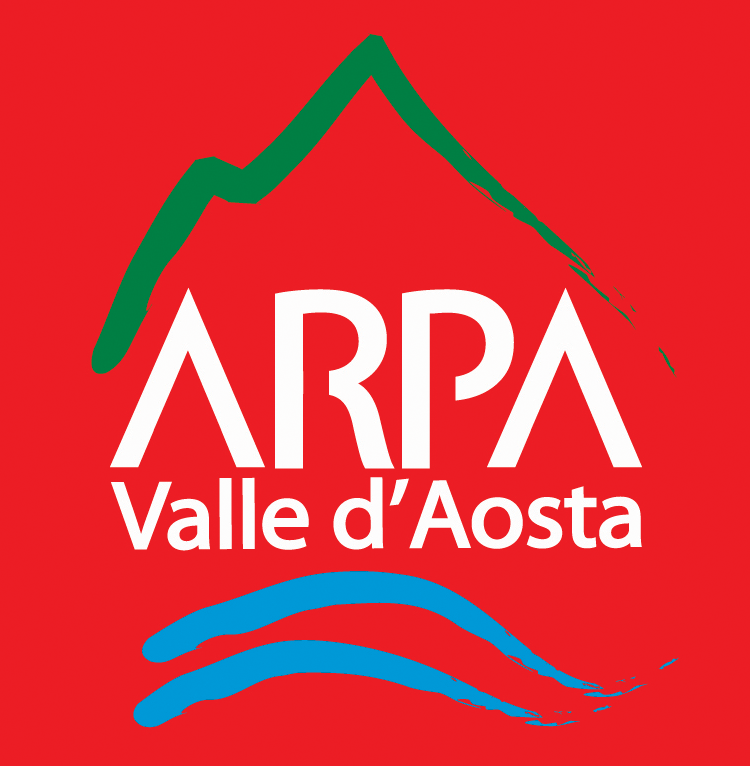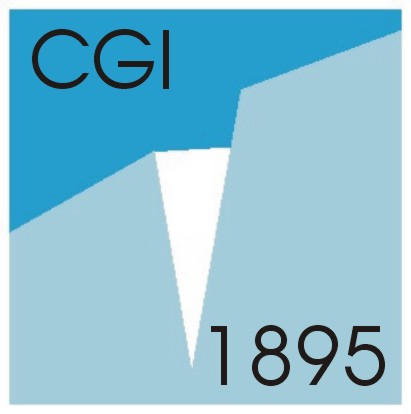You are here
WP 2.1 Archives of mountain observation networks
The activities of WP2.1 are devoted to the quality control, validation and harmonization of data, metadata and information provided by WP1.1, WP1.2, WP1.4, WP1.5, WP1.6 and WP1.7. The aim of WP2.1 is to build an accessible archive of thematic datasets, with data and metadata validated, integrated and interoperable in the frame of the General Portal of NextData project (WP2.7). The data and the deliverables will be available on the archive of datasets implemented and hosted at CNR. CNR will provide all the information during the project and after its conclusion.
Activities
• Task 1. Definition of the procedures for quality control, validation, standardization and choice of the type of software for management of data and metadata within different archives.
• Task 2. Harmonization of data and metadata produced with different techniques and methodologies according to different standards. Development of an archive of thematic datasets and data access portals. Currently, the project considers four main types of data and metadata: (1) meteoclimatic data organized through systems based on GeoNetwork architecture; (2) atmospheric composition data, organized according to the GAW-WMO formats (e.g. NASA-AMES) complying with the quality control procedures; (3) cryospheric and hydrological resources data, organized according to the standards proposed by the Italian Glaciology Committee and hydrology and hydrogeology international organizations; (4) data on ecosystems and biodiversity, usually organized according to LTER-Europe, ILTER and European projects (ENV-Europe) standards; paleoclimatic data from sedimentary marine cores.
Results
The implemented archive makes available the data in the form of spatial datasets, table data or time series together with their associated metadata. Metadata are crucial to facilitate data organization, data discovery and even data providing. Metadata become crucial when we face large data repositories, as is the case of the NextData archive. In this case the standard ISO19115/19139 was chosen to describe and register each dataset. This international standard defines the schema for describing geographic information and services and it provides information about: i) identification; ii) extent; iii) quality; iv) spatial; v) temporal schema; vi) spatial reference and vii) distribution of digital geographic data. Beside the metadata description the datasets produced or collected in the frame of the NextData Project are embedded in each metadata and available for all the interested user for download.
The archive is built ensuring data interoperability with the most relevant global data collection systems, as those implemented by the Group on Earth Observation (GEO) Global Earth Observation System of Systems (GEOSS), Copernicus, Belmont forum. The application chosen to manage different resources (i.e., data/datasets/metadata) is Geonetwork. Geonetwork is an open source catalogue specifically developed to manage spatially referenced resources. It catalogues local oriented information and cartographic products through descriptive metadata. Geonetwork enhances the spatial information exchange and share between organizations/department/project and their audience by using capacities and the power of internet.
To facilitate discovery operations, the resources collected were organized also by categories related to the different topics included. The categories created were 9: 1) Atmosphere & Climate, 2) Ground Deformation in Mountain, 3) Ecosystem & Biodiversity, 4) Mountain ice cores, 5) Sea sediment cores, 6) Alpine Glacers Database, 7) Hydro-Meteo, 9) Application (Script for dataset formatting from the monitoring mountain stations).

